Are you interested in exploring historic homes? Here are the must-see historic houses in Valencian Community:
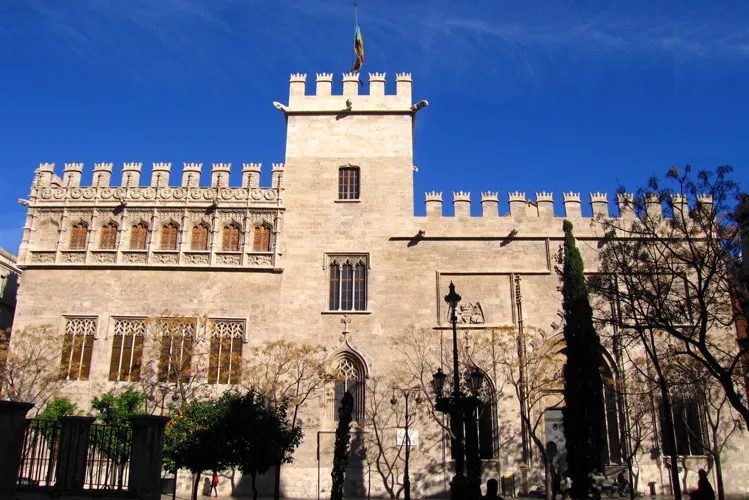
The Silk Exchange
ValenciaThe Silk Exchange, also known as Lonja de la Seda or Llotja de la Seda, is a significant historical building in Valencia, Spain. It showcases the late Valencian Gothic architectural style, making it a unique attraction for those interested in history and architecture.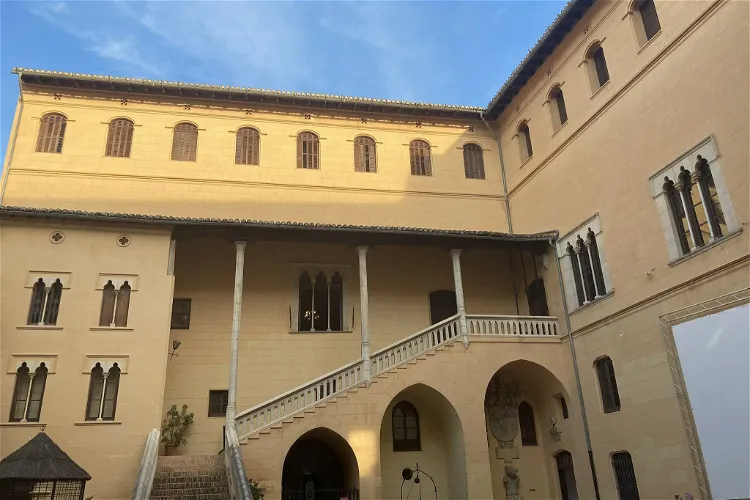
Ducal Palace of Gandia
GandíaThe Ducal Palace of Gandía, a significant monument in the city of Gandía, has seen numerous restorations over the years. This important example of Valencian civil Gothic architecture is a testament to the city's rich history and cultural heritage.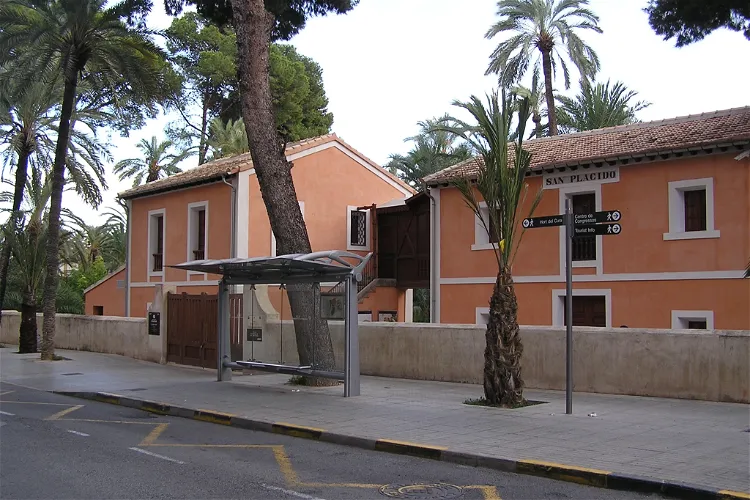
Museo del Palmeral
ElcheThe Palmeral Museum is situated in the city of Elche, in the province of Alicante, Spain. It is nestled within the Palmeral of Elche, a palm grove that was declared a World Heritage Site in 2000. The museum is housed in a traditional 19th-century house in the Huerto de San Plácido.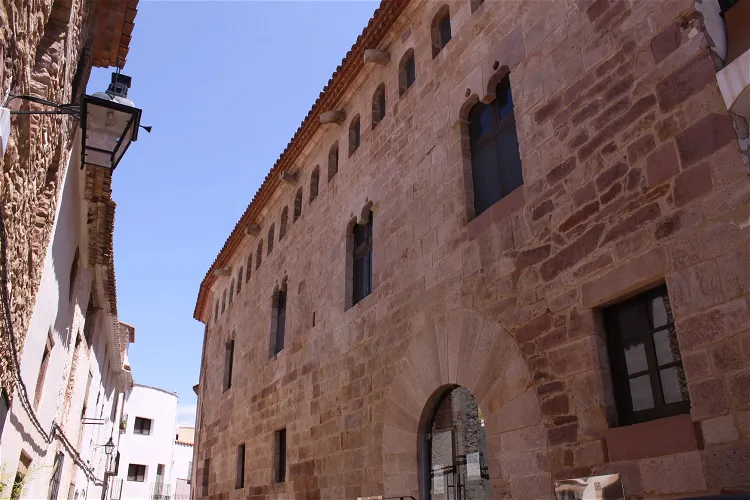
Museo de Arte Contemporáneo de Villafamés
VilafamésThe Museo de Arte Contemporáneo "Vicente Aguilera Cerni" de Villafamés is housed in the Palacio del Batlle. This civil Gothic palace was constructed in the mid-15th century and underwent renovations in the 18th century. The museum's location in this historic building adds a unique charm and historical context to the contemporary art pieces it houses.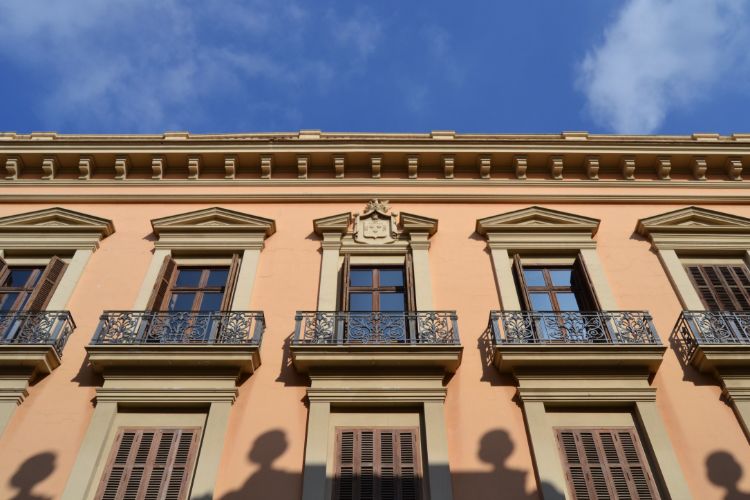
L'Iber Museo de los Soldaditos de Plomo
ValenciaL'Iber Museo de los Soldaditos de Plomo is a museum in Valencia that is housed in the palace of Malferit, a manor house of the late 14th and early 15th century. The collection the museum holds consists of more one million pieces of lead soldiers, which makes it the largest and most comprehensive mus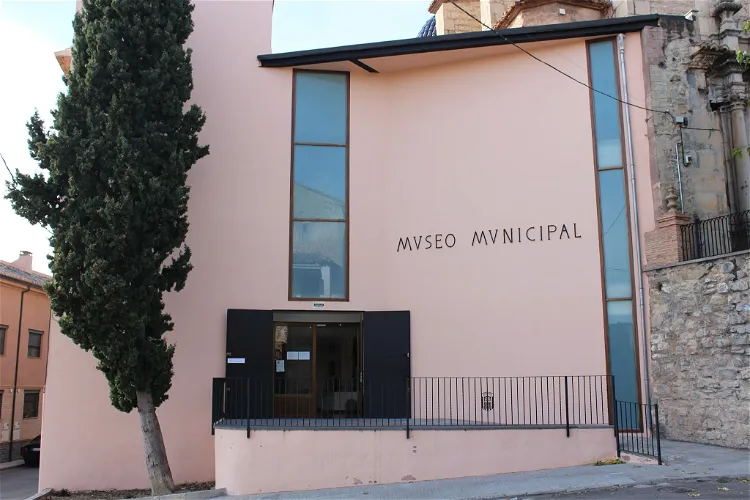
Museo Municipal de Jérica
JéricaThe Museo Municipal de Jérica has received several recognitions over the years. In 1962, it was declared a National Historic Artistic Monument. Later, on February 22, 1996, it was recognized as a permanent museum collection. In 2004, it was declared a Cultural Interest Property, further emphasizing its importance in preserving and showcasing local heritage.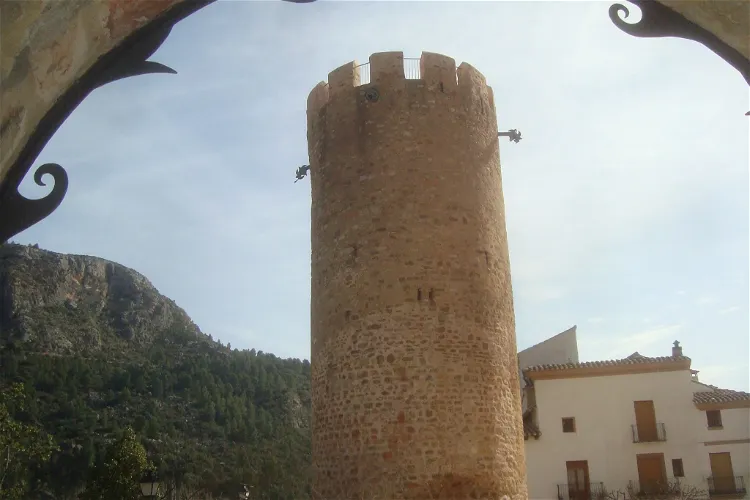
Torre Redonda
ArgelitaThe Torre Redonda de Argelita is situated in the urban area of the town, right in the center of the Church square. It is adjacent to the remains of the Palace of Abú Zayd. This location makes it easily accessible and a central point of interest for tourists visiting the town.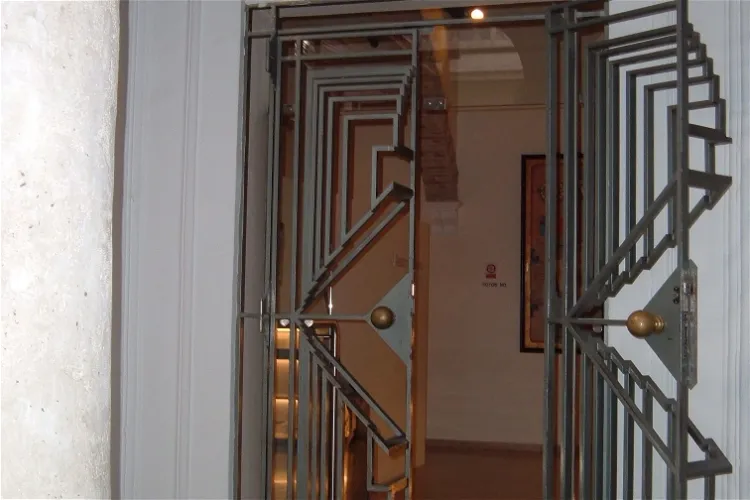
Municipal Archaeological Museum of Villena
VillenaThe Municipal Archaeological Museum of Villena, also known as the José María Soler Archaeological Museum, is housed in the Town Hall, a Renaissance building dating back to the early 16th century. This location adds a historical charm to the museum, making it a unique place to explore the rich archaeological findings of the region.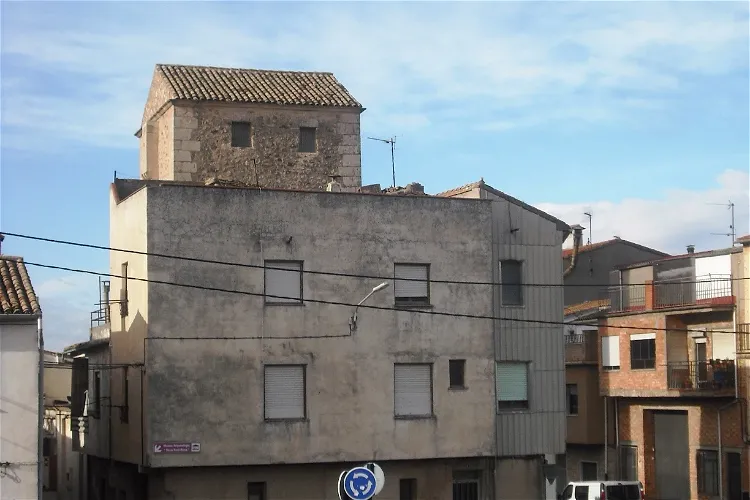
Archaeological Museum of the Tower of Font Bona
BañeresBetween 1991 and 1997, the Tower of Font Bona underwent extensive restoration. Today, it houses the Municipal Archaeological Museum, which showcases findings from numerous archaeological sites in the municipality since the 1960s.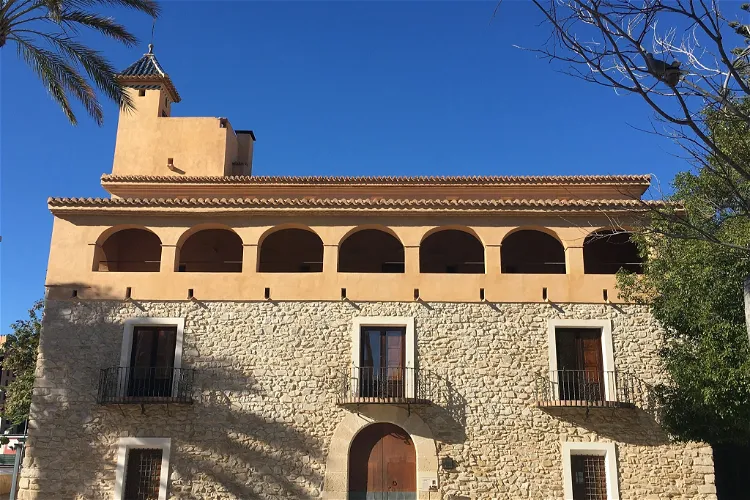
Casa Museo la Barbera dels Aragonés
VillajoyosaThe Casa Museo La Barbera dels Aragonés in Villajoyosa, Alicante, has a rich history dating back to the Late Middle Ages. The house belonged to the Aragonés family, who were influential landowners and held significant political and military positions until the 19th century. This historical context provides a unique insight into the lives of the Spanish nobility during this period.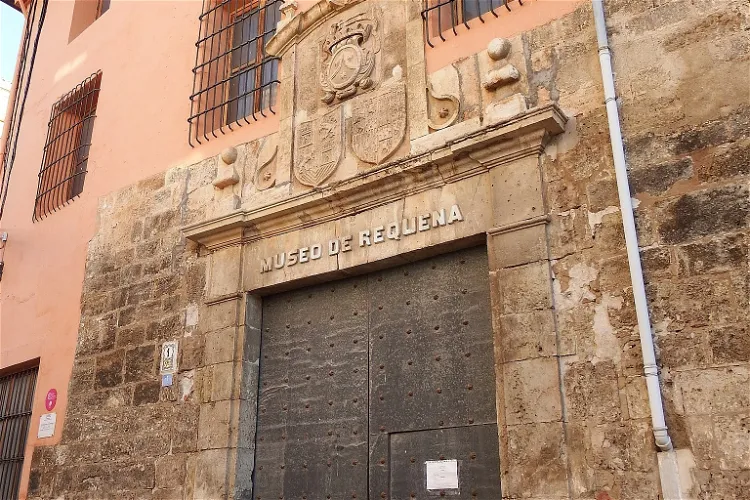
Municipal Museum of Requena
RequenaThe Municipal Museum of Requena, established in 1968, is housed in the historic convent of El Carmen. This location adds a layer of historical significance to the museum, making it a fascinating destination for those interested in the rich past of the region.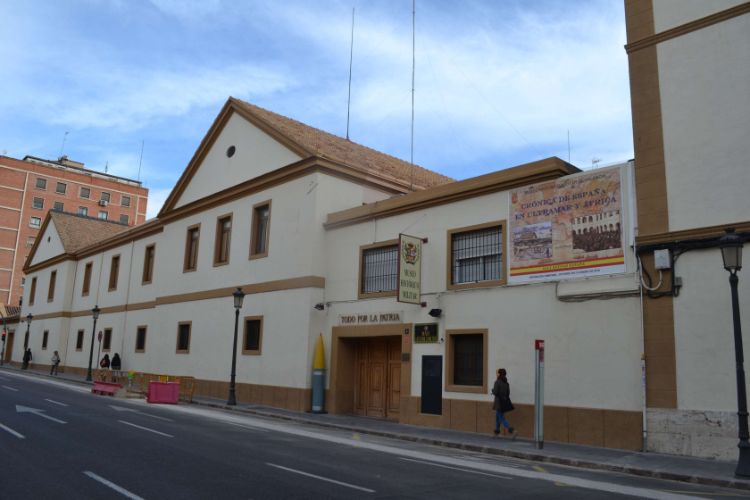
Museo Histórico Militar de Valencia
ValenciaThe Military History Museum in Valencia (Museo Histórico Militar de Valencia) is a museum that holds a collection of weapons, various objects and testimonies related to the history of the Spanish military. The ground floor of the museum features the weaponry that was used during the Civil War (1936
Museu d'Història de València
ValenciaMuseu d'Història de València (The Valencia History Museum) is housed in what once was the first reservoir of drinking water in the city. The museum is dedicated to the development of the history of Valencia. The Valencia History Museum hold archaeological, artistic and cultural municipal collection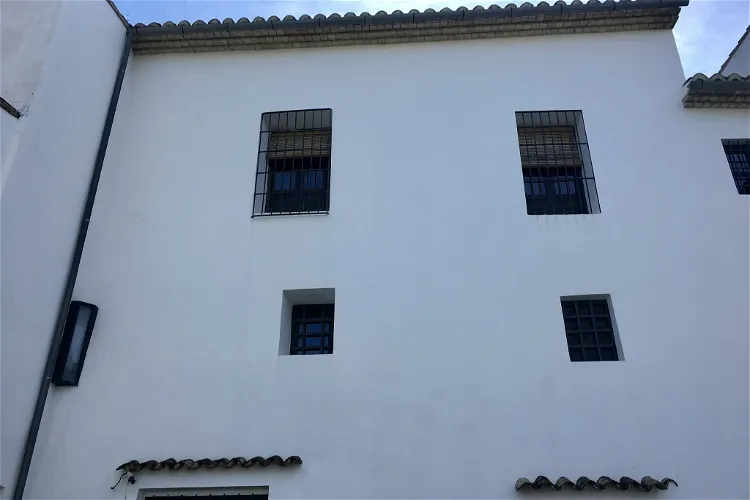
Orduña House Museum
GuadalestThe Orduña House Museum, situated in Guadalest, Alicante, Spain, is a 17th-century building. It was constructed following the devastating earthquake of 1644. This historical edifice offers a glimpse into the past, providing an understanding of the architectural style and living conditions of that era.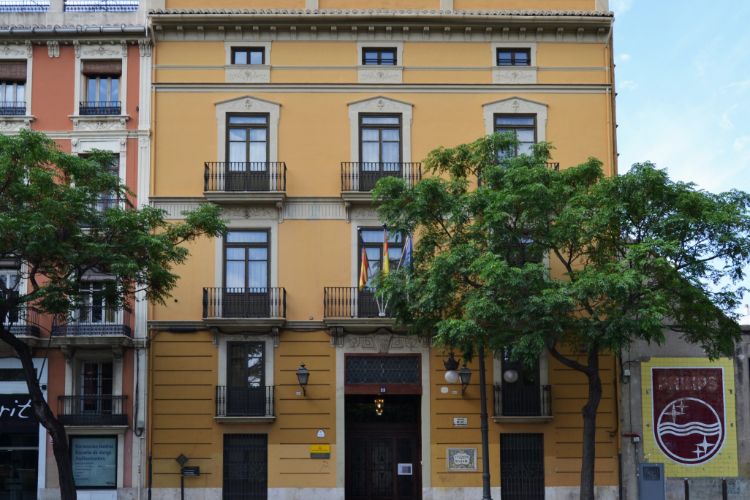
Jose Benlliure House & Museum
ValenciaThe Benlliure House-Museum (Casa-Museo José Benlliure) is a museum in Valencia that is housed in the family home of José Benlliure Gil, built in 1880. He bought the house in 1912. The museum features different domestic rooms, decorated with works by different members of the family and works of José
Torre del Mar
BurrianaLa Torre del Mar is a historical watchtower situated in the Clot de la Mare de Déu area of the Valencian town of Burriana. This tower was built in the 16th century as a part of the coastal defense system against pirate attacks. It stands 10 meters tall and consists of two floors. Inside the tower, there is a well and a manger where water and food were offered to the soldiers' horses.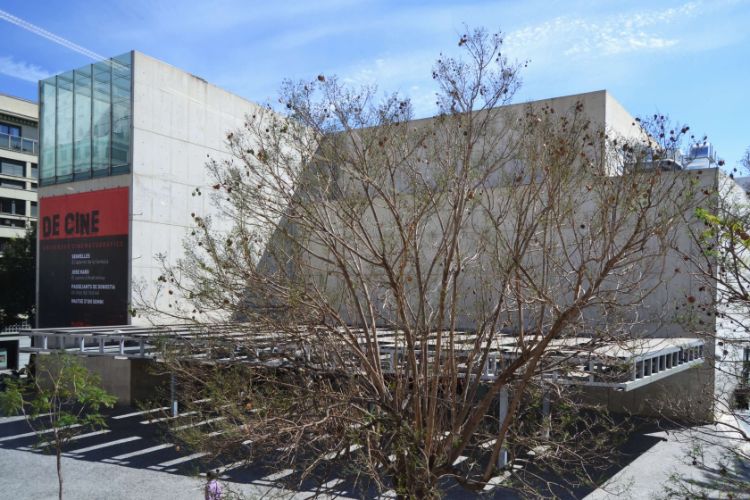
Museum of Illustration and Modernity
ValenciaMuseum of Illustration and Modernity (Museo de la Ilustraciòn y de la Modernidad) is a history museum in Valencia that offers a journey through time from the Middle Ages to modernity. As a part of the exhibition, you can see the remains of the Islamic Tower, which once stood here. To see the permane
Centre del Carme
ValenciaCentre del Carme in Valencia is housed in the old Carmen Convent and features various temporary exhibition rooms.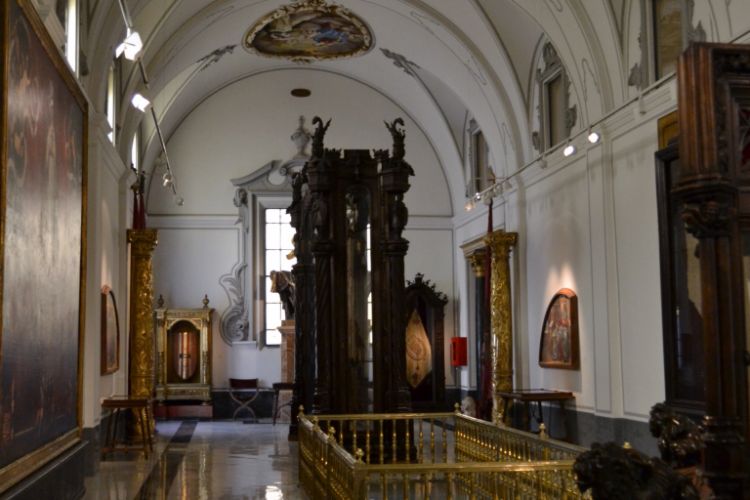
Museo Histórico Municipal de Valencia
ValenciaThe Municipal Historical Museum (Museo Histórico Municipal) in Valencia is housed in the Town Hall. The first room shows 5 panels that reflect the evolution of the city. The most famous of these is the one made by Father Tosca in 1704. The second room has a total of 46 engravings of the municipal co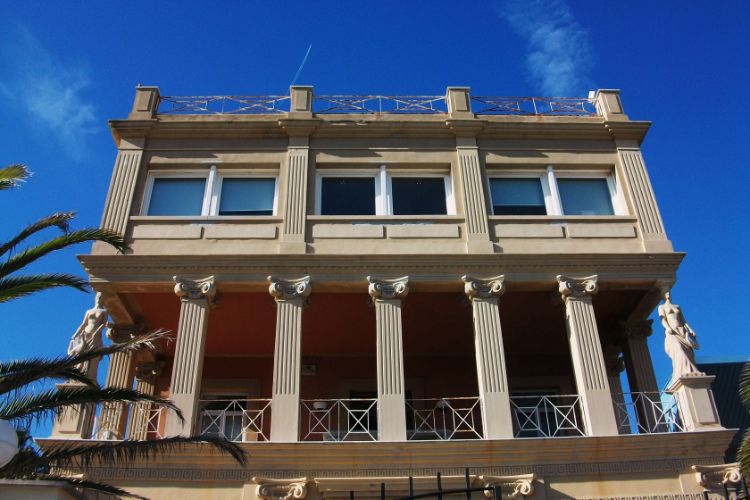
Blasco Ibanez Museum House
ValenciaCasa-Museo de Blasco Ibáñez (The Blasco Ibáñez House-Museum) is a historic house museum in Valencia that is housed in the home of the journalist, politician and best-selling Spanish novelist Vicente Blasco Ibáñez. The museum is dedicated to him and features objects related to him.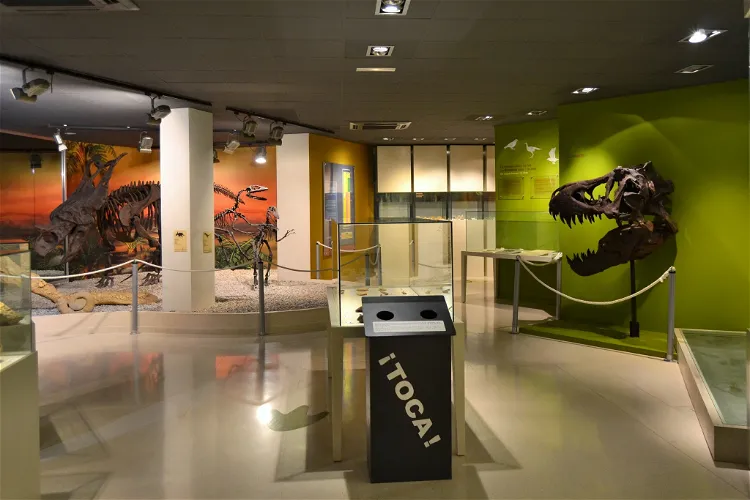
Museo Paleontológico de Elche
ElcheThe Paleontological Museum of Elche, located in Alicante, Spain, provides an insightful journey through the evolution of life on Earth. This journey is made possible through the exhibition of various findings from different archaeological sites. These exhibits offer a unique opportunity to understand the progression of life, from its earliest forms to the present day.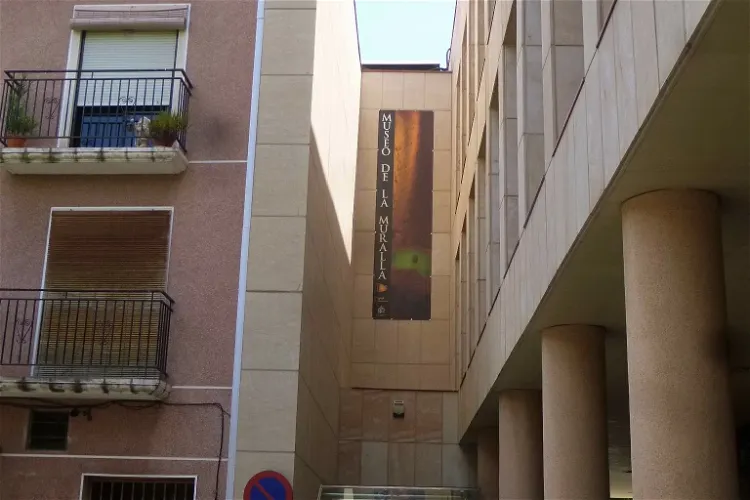
Wall Museum
OrihuelaThe Wall Museum of Orihuela is home to significant archaeological remains. These include Arab and Christian houses, a complete canvas of the Wall, and other fascinating constructions. One of these is a well-preserved Muslim bath located outside the walls. The bath has a reception room, cold room, temperate room, hot room, and a room where water was heated.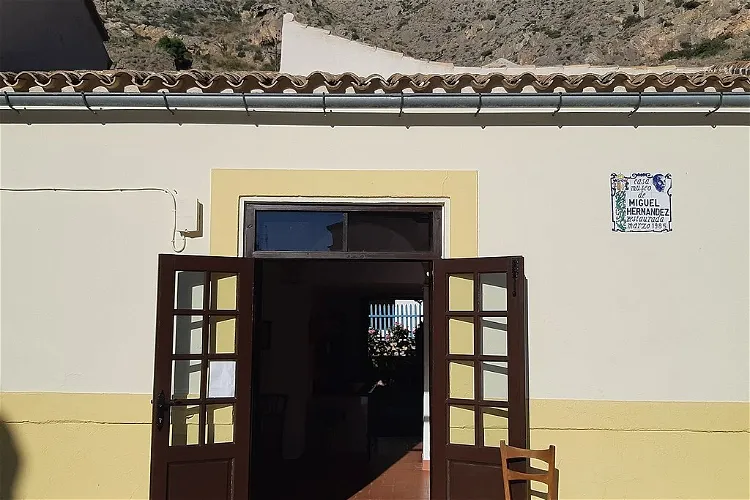
Miguel Hernández House-Museum
OrihuelaThe Miguel Hernández House-Museum in Orihuela, Spain, is open to the public from Tuesday to Saturday. The museum's hours are from 10 a.m. to 2 p.m. and again from 4 p.m. to 7 p.m. This schedule allows visitors to plan their visit during the most convenient times.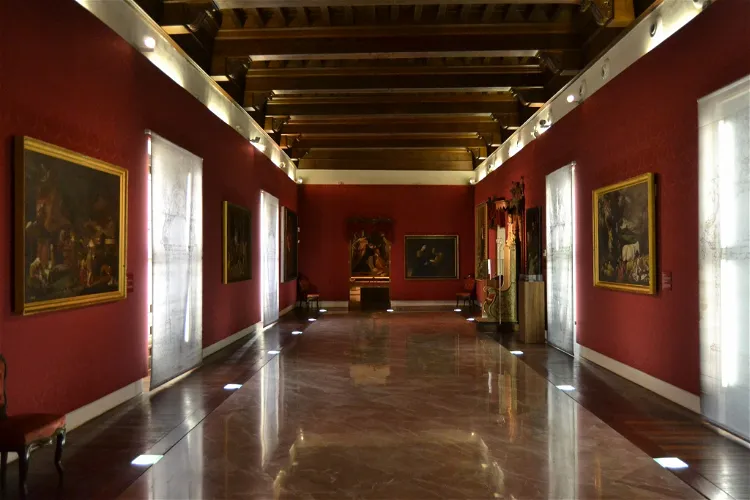
Diocesan Museum of Sacred Art of Orihuela
OrihuelaThe Diocesan Museum of Sacred Art is housed in the Episcopal Palace of Orihuela, a location that has been declared a Site of Cultural Interest. This historic building not only provides a fitting setting for the museum's collection, but is itself a significant part of the cultural heritage of Orihuela. Visitors to the museum will have the opportunity to explore this historic building as they view the museum's collection.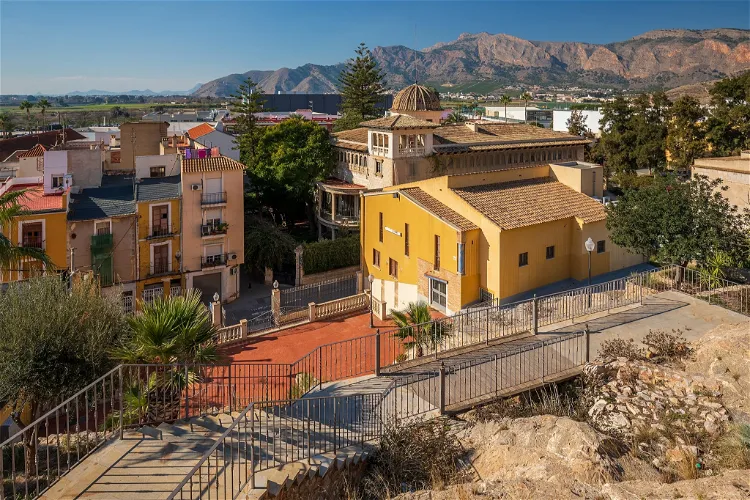
Museum of the Reconquest
OrihuelaThe Museum of the Reconquest Festivities is housed in two beautifully refurbished 19th-century buildings. These historic structures add a unique charm to the museum, making it not just a place to learn about the Reconquest festivities, but also a site to appreciate the architectural beauty of the 19th century.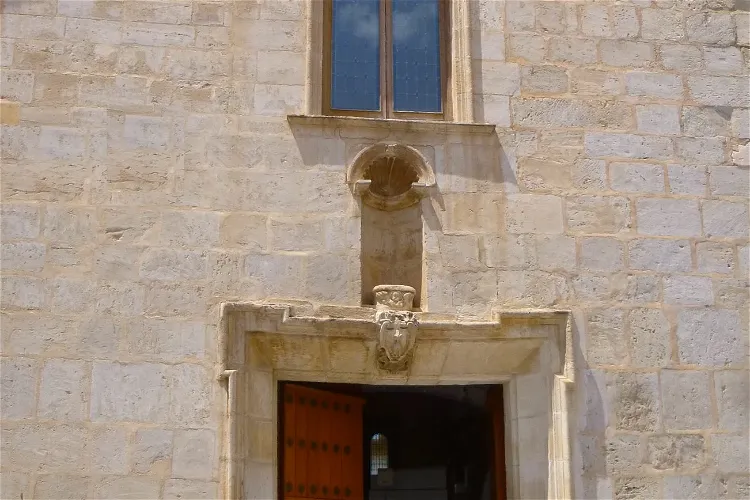
Regional Archaeological Museum of Orihuela
OrihuelaThe Regional Archaeological Museum of Orihuela is situated in the church and men's room of the former municipal hospital San Juan de Dios. This unique location adds a historical charm to the museum, making it an interesting place to visit for those interested in architecture and history.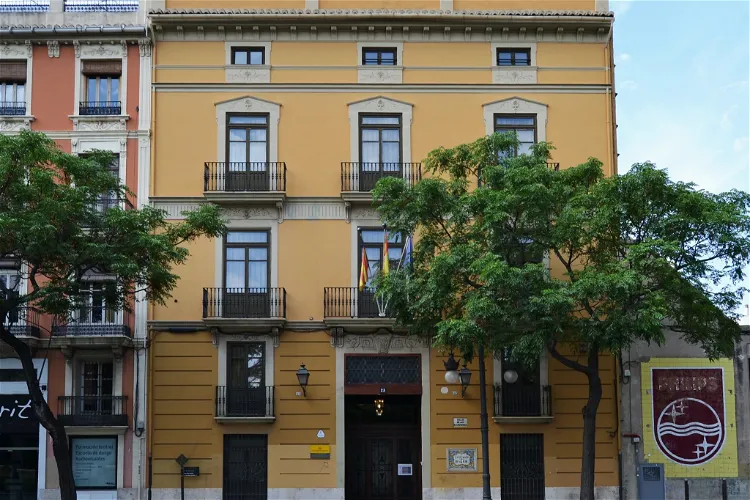
Benlliure House-Museum
CrevillentThe Benlliure House-Museum is a site of cultural interest, located at 23 Blanquerías Street, in the Carmen neighborhood of Valencia. This location is easily accessible and is situated in a vibrant part of the city, making it a convenient stop for tourists exploring Valencia.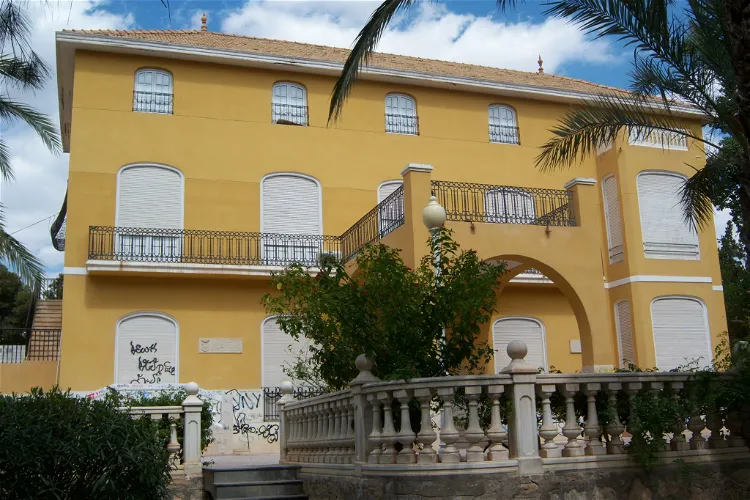
Archaeological Museum of Crevillent
CrevillentThe Archaeological Museum of Crevillent is housed in the Casa del Parque, a beautiful neoclassical building constructed in 1927 by the architect Juan Vidal Ramos. The building is located in the northeastern part of the urban area, next to the most important green area of the town, providing easy access and ample parking for large vehicles.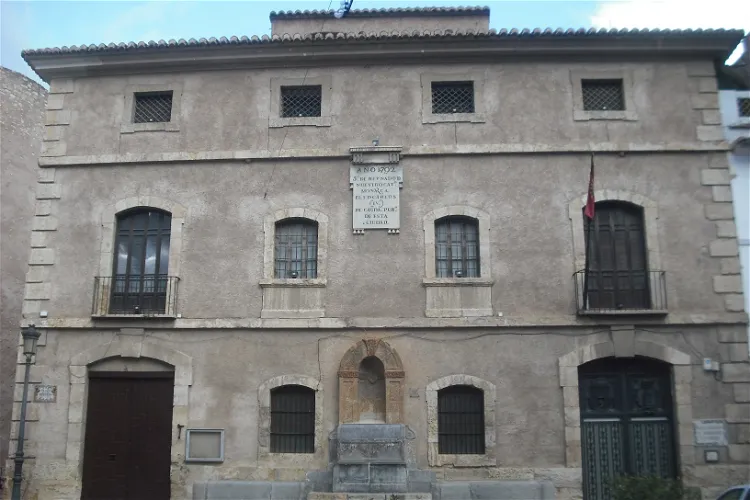
Segorbe Municipal Archaeological and Ethnological Museum
SegorbeThe Segorbe Archaeological and Ethnological Museum is housed in a neoclassical building that was erected in 1792. This building, known as the old Barracks House, is conveniently located in the Mesones square. It is in close proximity to the medieval aqueduct and the Botxí and Jail towers, making it a part of the rich historical landscape of Segorbe.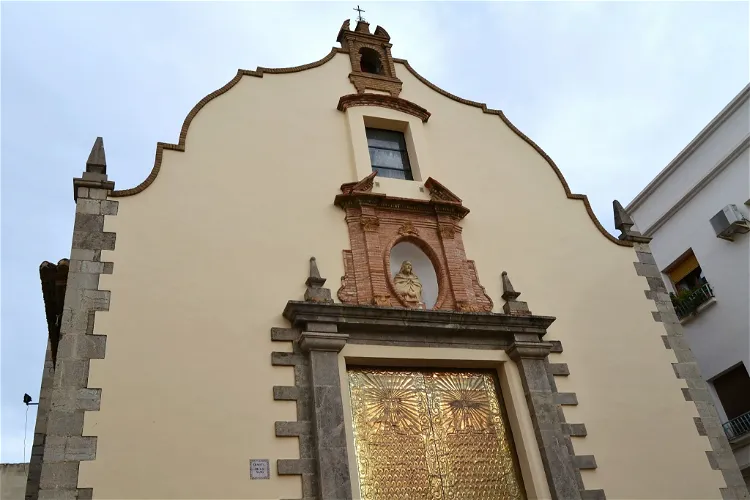
Ermita de la Sang
SaguntoThe Ermita de la Sangre, also known as the Ermita de la Purísima Sangre, is a significant historical site located in Sagunto, Spain. It is the largest hermitage in the entire municipality. This baroque-style building, constructed in the 17th century, offers a unique glimpse into the architectural and cultural history of the region.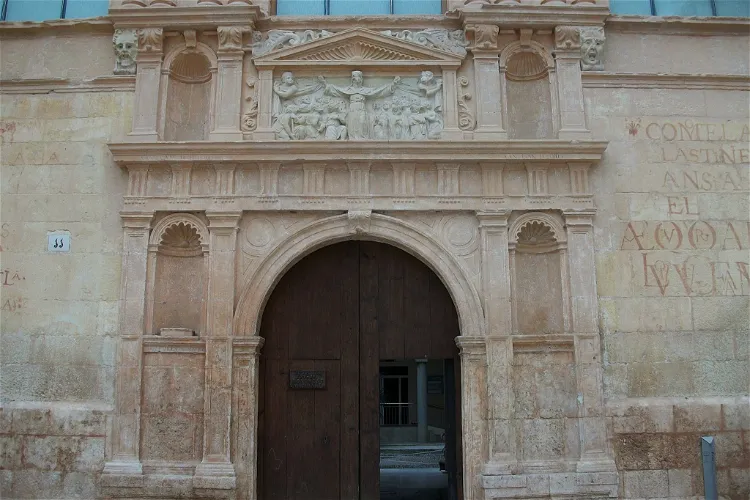
Royal Hospital
JátivaThe Municipal Hospital of Játiva has a rich history that dates back to the 13th century. It was founded by James I of Aragon in 1250, following the reconquest of the city. By the 15th century, the hospital had outgrown its capacity, leading to the need for expansion. This was achieved by acquiring neighboring houses, eventually occupying the entire block. The construction of a new hospital also began during this period, extending into the 16th century. This historical evolution of the hospital provides a fascinating insight into the city's past for tourists.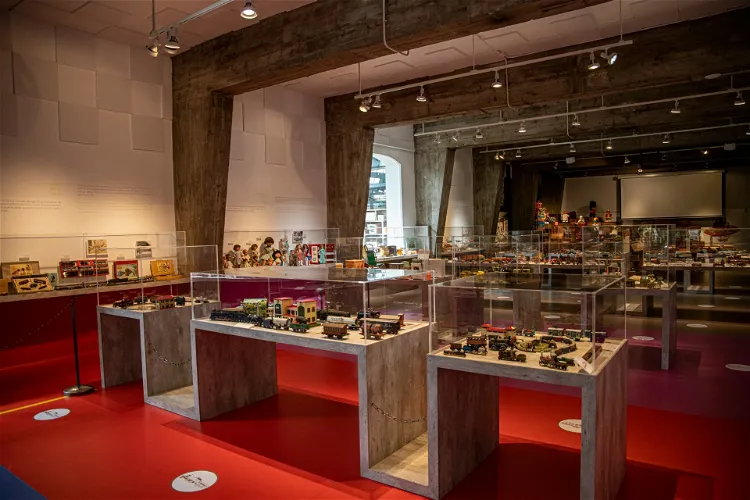
Valencian Toy Museum
IbiThe Valencian Toy Museum, also known as Museo Valenciano del Juguete, is situated in the city of Ibi, within the Province of Alicante in the Autonomous Region of Valencia. This museum is a significant cultural landmark that showcases the rich history of toy manufacturing in the region.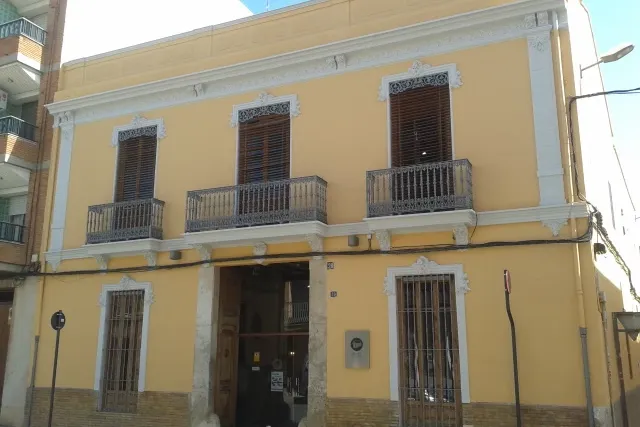
Regional Museum of L'Horta Sud
TorrenteThe Regional Museum of L'Horta Sud, also known as "José Ferris March", is situated in the city of Torrente, which is in the Province of Valencia, Spain. This museum is a hub for the conservation, dissemination, research, and exhibition of the traditional cultural heritage of the Huerta Sur region.
Municipal Archaeological and Paleontological Museum
RojalesThe Municipal Archaeological and Paleontological Museum in Rojales, established in 1981, serves as a significant institution for the preservation and promotion of the area's cultural heritage. It provides a unique opportunity for visitors to delve into the rich history and prehistoric past of the region.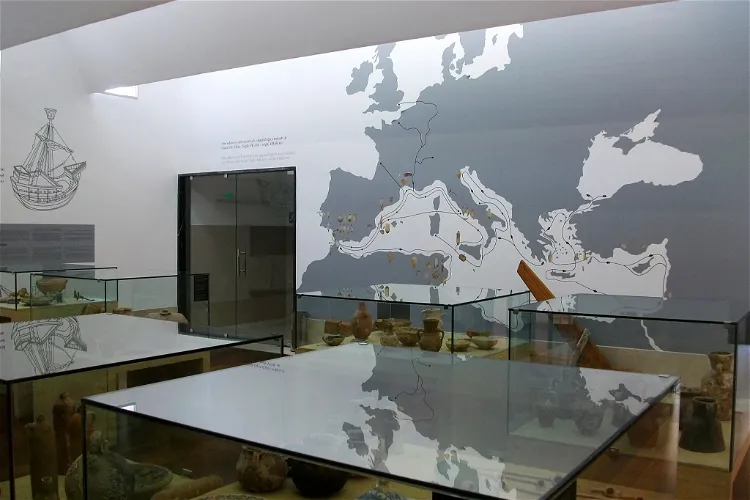
Soler Blasco Archaeological and Ethnographic Museum
JáveaThe Soler Blasco Archaeological and Ethnographic Museum, also known as the Soler Blasco Museum or the Xàbia Museum, is a municipal archaeological and ethnographic museum located in the Spanish municipality of Jávea. It is a significant cultural institution in the region, offering visitors a chance to explore the rich history and ethnography of the area.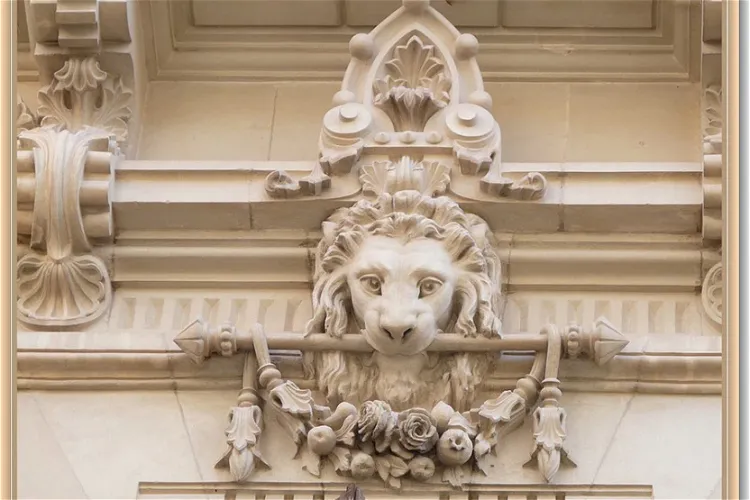
Modernist House Museum
NoveldaThe Modernist House Museum of Novelda is situated at 24 Major Street in Novelda, a city in the province of Alicante, within the Valencian Community of Spain. This location is easily accessible and provides a great starting point for exploring the city's rich history and culture.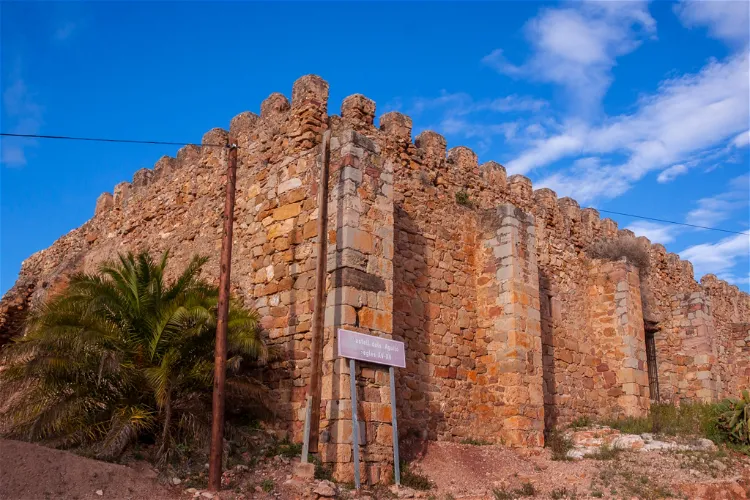
Petrés Castle
PetrésPetrés Castle, also known as the Baron of Petrés' house-castle, is a historical fortress located in the charming town of Petrés, in the province of Valencia, Spain. This castle is a significant part of the region's history and offers a unique glimpse into the past. Visitors can explore the castle's grounds and appreciate its architectural features, while also enjoying the stunning views of the surrounding landscape.
Museu de la Ciutat Casa de Polo
VillarrealThe Museu de la Ciutat, located in Villarreal, Spain, was officially opened to the public on May 17, 1994. It is housed in the Casa de Polo, a farmhouse that was constructed in the 19th century by José Polo de Bernabé y Borrás. This historical building adds a unique charm to the museum, making it an interesting destination for tourists who appreciate architecture and history.- 39
Vilamuseum
VillajoyosaVilamuseu, the Municipal Museum of Villajoyosa, is situated in the former Public School Álvaro Esquerdo. The building, which is of an eclectic style, has had its facade preserved, adding a touch of historical charm to the museum. This location is not only home to the museum but also serves as the headquarters for the municipal network of museums and monuments in Villajoyosa. - 40
Torre de la Regenta
BurrianaLa Masía Fortificada Torre de la Regenta, located in Alquerías del Niño Perdido, in the region of Plana Baja, Castellón, is a complex of fortified agricultural buildings with a residential character. The highlight of this complex is the defensive and surveillance tower. This tower is a significant part of the complex and provides a glimpse into the historical military architecture of the region. - 41
Bodegas Carmelitano Museum
BenicasimThe Bodegas Carmelitano Museum is situated in the charming town of Benicasim, Spain. The museum is housed in a building that dates back to 1912, which beautifully combines the architectural styles of a wealthy farmhouse and a bourgeois country manor. This unique blend of styles not only adds to the aesthetic appeal of the museum but also reflects the symbiosis between fieldwork and artisanal production that the museum embodies.